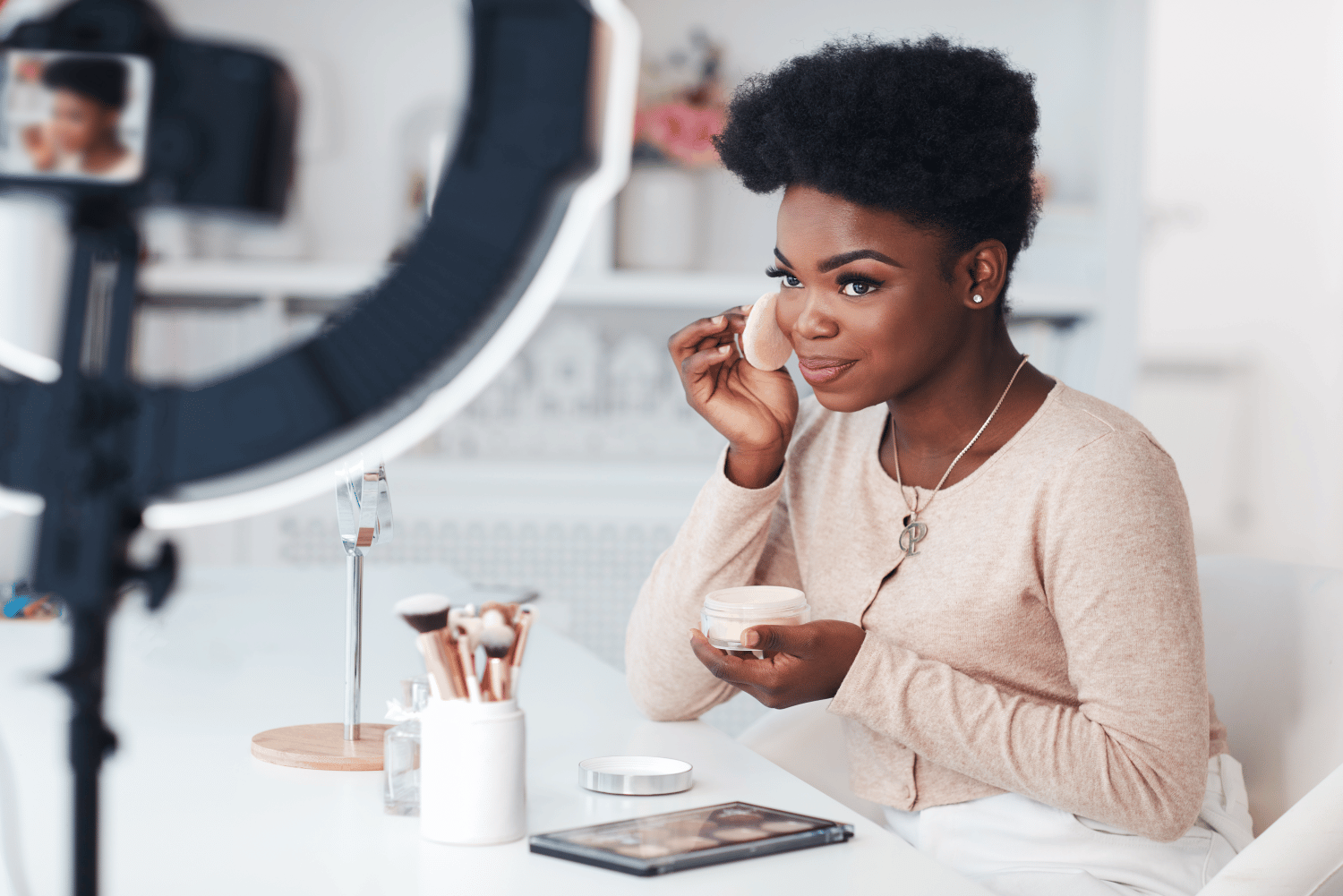
Influencer marketing is an incredibly powerful way to promote your product, shout about a service or to increase brand awareness amongst consumers. There are two main types of influencers, a macro-influencer and a micro-influencer. The key differences being that a macro-influencer tends to have over 100,000 followers/subscribers and a micro-influencer has less than 100,000 followers.
Both types of influencers can play an important role in social media marketing and can be beneficial for brands for different reasons. Of course, the route you take will depend on the campaign and what specific objectives you are trying to meet – considering both will allow you to decide which will be more suitable.
Here we’re going to take a look at four reasons why you should consider using micro-influencers as part of your influencer marketing strategy.

1) They have a really engaged audience
You tend to find that micro-influencers actually have much higher engagement rates compared to macro-influencers. This is because they are able to connect more with their followers on a personal level. Although they may not have the reach and audience size of bigger influencers, the content they share is often more highly engaged with due to this personal connection that they’ve created. You will be able to see from their feeds that they have conversations with their followers on posts about what they’re promoting – this kind of open discussion leads to higher engagement rates. Consumers may be more likely to engage with content from a micro-influencer that they have established a personal connection with because they feel they are more trustworthy and genuine. This in turn means, they may be more likely to swipe up, comment or even purchase from a brand that they are sharing on their social channels.
Studies have found that the average engagement rate for micro-influencers on Instagram is around 3.6%, whereas for macro-influencers it is around 1.5%. Therefore, if it’s engagement you’re after as opposed to reaching a wider audience – micro-influencers could be the better option depending on your campaign objectives.
2) They have more of an established relationship with their followers
Of course, when you think about an influencer’s followers – you have to envisage them as your consumers and the people that you want to engage with your brand, product or service. A micro-influencer has an established relationship with their followers (your consumers) and this connection is likely to lead to engagement with your brand. If an influencer shares a post say promoting a product of yours, their followers will feel confident that they can comment on their post or respond to a story knowing that the influencer will take the time to respond to them and share their honest thoughts and feedback.
Due to the size of macro-influencers audiences, they don’t always have the time to do this. This sense of an established follower relationship is a real benefit of working with micro-influencers, as it means their audience is already engaged with them, values their opinion and is more likely to lead to increased engagement with your brand if they feel they can rely on the influencers opinion.

3) They can be more cost-effective
There’s no need to think that you can’t deliver a successful influencer campaign if budgets are tight. You just have to take into consideration your objectives and what type of influencers will be best suited. If you are working to a tight budget, micro-influencers should definitely be taken into consideration. You can often work with multiple micro-influencers and deliver a successful campaign for the same price that it would cost to work with just one macro-influencer. By choosing micro-influencers when budgets may be tighter, you’re reach may not be as wide – but your engagement with your target audience may be greater by tapping into their smaller, but highly engaged audience. This means you may be getting more engagement – at a more cost-effective price.
4) They are relatable and genuine for consumers
When you think about a celebrity or a macro-influencer, the content they share tends to be very inspirational and aspirational. This of course will be key for certain brands and campaigns, however in a lot of cases, a campaign that comes across relatable and genuine may be of more interest. For example, if the product you want the influencers to endorse is an everyday purchase and you’re trying to target consumers who are likely to buy it – working with a micro-influencer could be a really successful way to achieve this.
Over the years, consumers have got smart and are much more in tune to fake advertisements and influencer partnerships that don’t come across genuine. The key to a successful influencer campaign is for it to be authentic and for the influencer to be discussing a product or service that they would genuinely use. Micro-influencers tend to come across much more authentically, as they have a trusting audience who feel they can relate to them more than they can to say a celebrity. If the influencer sharing your product is likely to use it and comes across genuine, this is much more likely to lead to higher engagement and a much more successful campaign.
At Prohibition, we help brands in B2B and B2C sectors create influencer marketing campaigns that meet brand objectives and deliver real ROI. Get in touch today and find out how we can help you.





